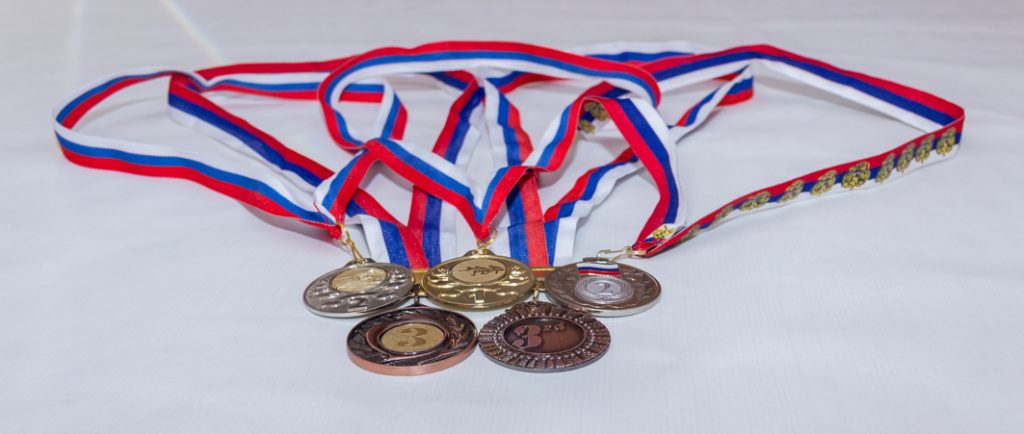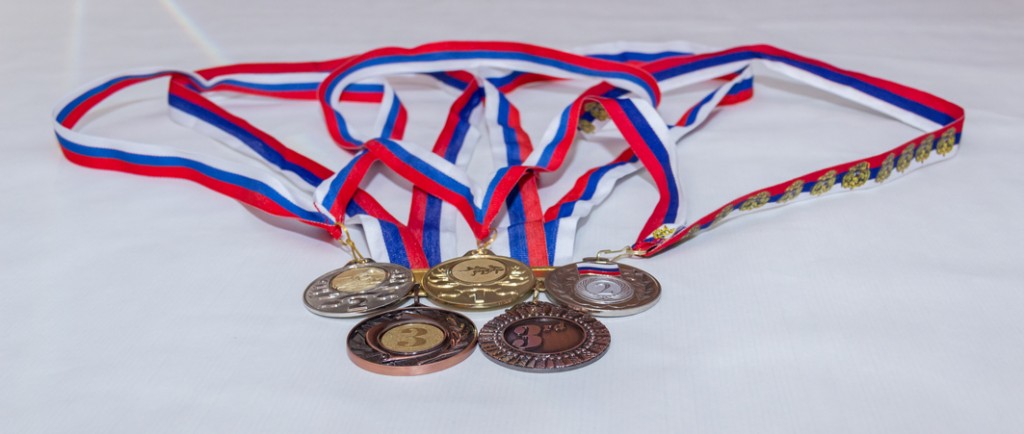It was traditional for ancient Greek Olympic athletes to compete naked. Women weren’t invited as competitors or spectators.
- An Olympic torch weighs 3 1/2 pounds, a little more than four cans of beer. It’s made of wood, aluminum, and gold-plated brass, with a tank hidden in the base that holds 40 minutes’ worth of propane. About 10,000 are made so that runners in the intercontinental relay can keep the torches they run with.
- The ancient Olympics also included competitions in the arts, so when the games were revived in modern times, sports-themed painting, literature, music, architecture, and sculpture became medal events. This lasted until 1952, when the games downgraded the arts to noncompetitive exhibitions.
- The only country to host the Summer Olympics but not win a single gold medal was Canada, in 1976.
- The official Olympic five-rings flag was first flown during the 1920 Olympics but disappeared from the flagpole on the last day. Its fate was unknown until 1997 when diver and bronze medalist Haig Prieste admitted to stealing it on a dare from champion swimmer Duke Kahanamoku. Prieste, then 103 years old, returned the flag in 2000.
- Dr. Benjamin Spock, renowned pediatrician and best-selling author, competed in the 1924 Olympics as a rower…and won a gold medal.
Olympic Metals
Fast facts about the awards all Olympic athletes strive for.
- The International Olympic Committee stipulates that Olympic medals must be at least 70 mm (2.8 inches) in diameter and 6 mm (0.23 inches) thick.
- Gold medals are actually mostly silver: They must contain at least 92.5 percent silver, and are gilded with at least six grams of 24-carat gold. They weigh about 150 grams (5.2 ounces) total.
- Silver medals must also contain at least 92.5 percent silver.
- Bronze medals are made of bronze, which is an alloy containing varying amounts of copper, tin, and other metals. The mix for bronze medals is 97 percent copper, 2.5 percent zinc, 0.5 percent tin, and a very small amount of silver.
- The gold and copper used for the medals awarded at the 2008 Beijing Olympic Games came from a mine in Escondida, Chile. The silver came from mines in Queensland, Australia.









